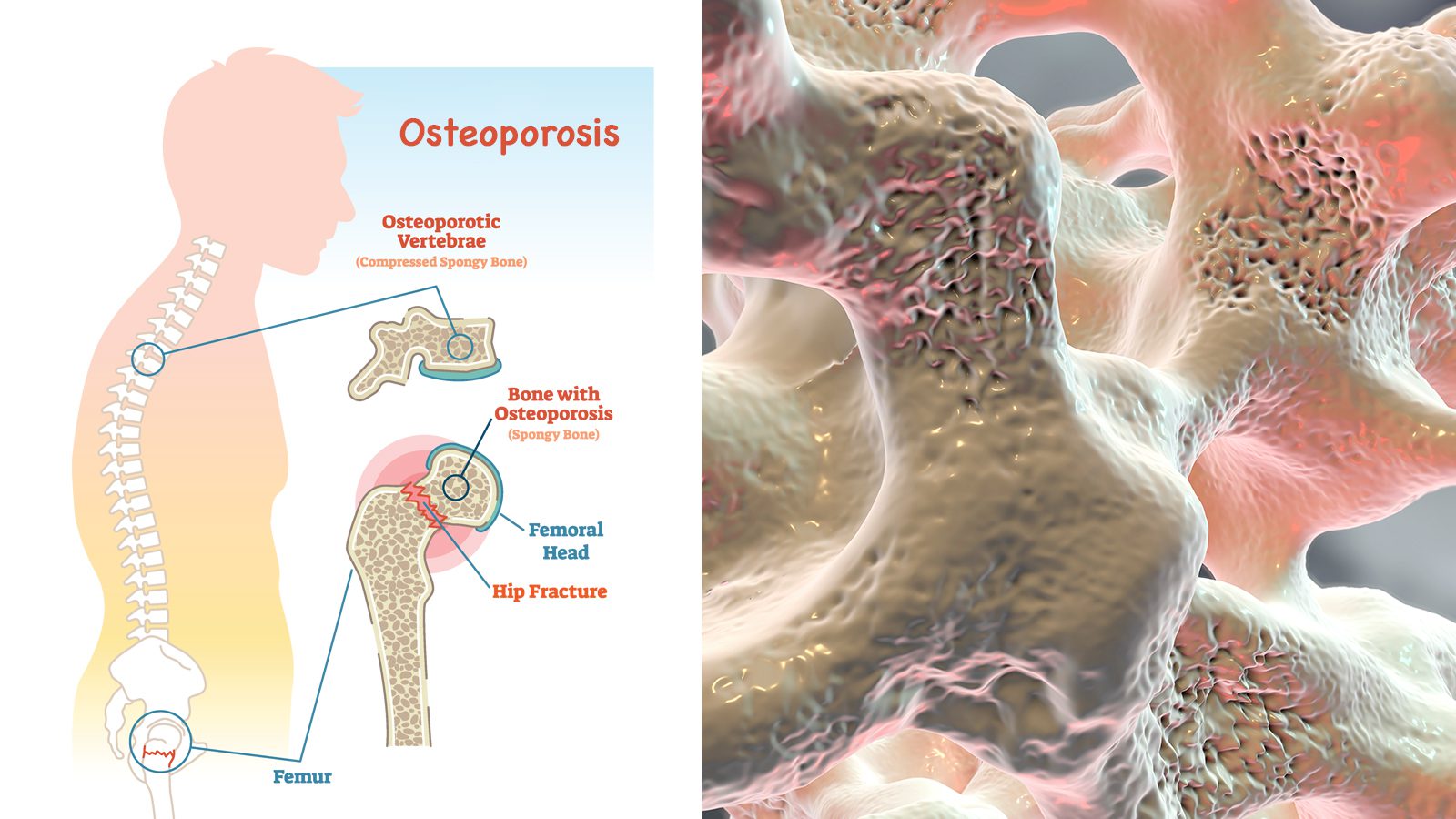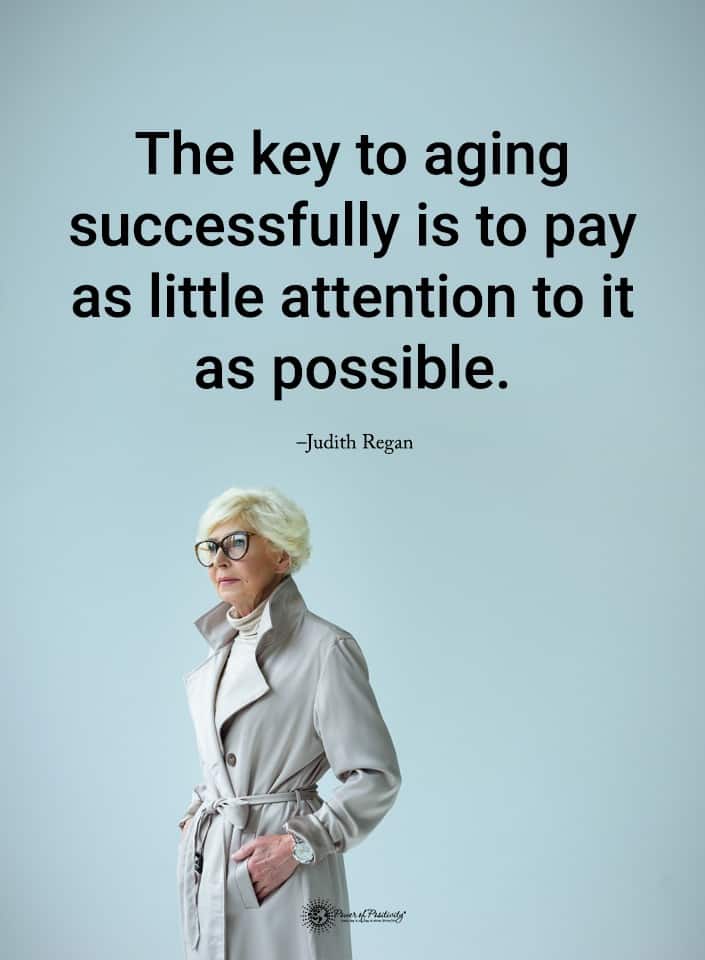Osteoporosis is a disorder that occurs when bone tissue deteriorates on a micro-architectural level, causing lowered bone mass and a higher risk of fractures. This systemic disorder most commonly affects aging people in the spinal vertebrae, hip, and forearm bones. Severe cases can cause fractures from seemingly minor or non-existent causes.
Over 200 million people have osteoporosis, especially among the elderly, who are the most commonly afflicted by the disorder. In most cases, one will not notice osteoporosis symptoms until a break or fracture is present. But once fractures occur, healed bones may continue to cause decreased mobility, chronic pain, and disability.
Several things can cause the disease, and knowing those causes can help you plan to minimize your risk. Here are four causes of osteoporosis and how to avoid it.
1. Sedentary Lifestyle Can Contribute to Osteoporosis
According to the World Health Organization, spending a lot of time sitting down daily is a significant risk factor for osteoporosis. This is due to an occurrence known as bone remodeling, where the bones shift and change due to physical stress. A lack of activity, therefore, causes bone density to decrease.

Essentially, this means that you have to “work out” your bones in the same you work out your muscles to build their strength. Bone health depends on the amount of exercise your bones get. You can do this with several notably helpful exercises that place gentle stress on bones, such as:
- Any flexibility exercise
- Any resistance-based exercise
- All weight-bearing exercise
- Dancing
- Hiking
- Jumping or skipping
- Running
- Walking
- Weightlifting
Do note that certain kinds of training and exercise are noted as being risk factors for osteoporosis, notably endurance training. Long-term endurance training in high volumes may reduce bone density, especially in female athletes, say studies.
It’s also worth noting that your weight is not necessarily what determines your risk of osteoporosis due to sedentary living. Research shows that overweight individuals are less likely to develop osteoporosis even when sedentary because their bones are “worked out” from their excess weight. As such, don’t focus on the number on the scale when exercising to avoid osteoporosis; focus on moving and keeping active. Consistency is key to avoiding a sedentary life’s effects on osteoporosis risk.
2. Nutritional Deficiencies or Poor Nutrition
Bone health can often be determined by the nutrients that you consume. After all, the bones are fueled by different vitamins and minerals and need those for optimal health. A lack of the right nutrients can greatly increase your risk of osteoporosis. The critical nutrients for this are:
· Calcium
You’ve likely heard plenty of times that calcium is essential for bone health. That’s why a lack of it can be detrimental to those seeking to avoid osteoporosis. Bones are replacing and losing minerals, so regularly consuming calcium is necessary for their upkeep. Calcium-rich foods include cheese, seeds, yogurt, soybeans, milk, canned salmon, sardines, almonds, lentils, beans, leafy greens, whey protein, fortified food and drinks, tofu, edamame, amaranth, rhubarb, figs, flour tortillas, and pilchards.
· Vitamin D and Bone Health
According to studies, vitamin D deficiency is a significant factor in the increased risk of osteoporosis. This is due to the vitamin’s role in parathyroid hormone production, which is responsible for managing bone resorption. Excessive production causes too much resorption, which causes the loss of bone. Vitamin D also improves the absorption of calcium. Vitamin D-rich foods include fatty fish like mackerel, herring, salmon, sardines, orange juice, liver, oatmeal, egg yolks, cow milk and soy milk, fortified spreads, cereals, mushrooms, and red meat. Direct exposure to sunlight can also improve your vitamin D intake.
· Protein and Aging Gracefully
Studies state that high-protein diets improve calcium absorption and promote enhanced bone density, especially in spinal health, which is often affected by osteoporosis. The precise connections are not perfectly-researched, but there is sufficient evidence to promote better protein consumption. Besides, protein is good for you and fosters strength and satiety! Foods rich in protein include eggs, poultry breast, spirulina, almonds, Greek yogurt, guava, cottage cheese, tempeh, lentils and beans, milk, chickpeas, fish and shellfish, lean meat, broccoli, quinoa, pumpkin seeds, cauliflower, Ezekiel bread, and peanuts and peanut butter.
· Omega-3 and Omega-6 Fatty Acids You Need During Aging
Fatty acids are essential to overall health and multiple bodily functions, so it’s no wonder that even bones benefit from them. An imbalance in healthy fats to less healthy fats has been found in studies to increase osteoporosis risk. Foods rich in these components are fatty fish, poultry, walnuts, tofu, nuts and seeds, flaxseeds and flaxseed oil, soybean, corn, canola oil, eggs, fortified foods, meats, and safflower and sunflower oils.
· Various Other Necessary Vitamins And Minerals
Other vitamins and minerals are often not intrinsically linked to bone health, but malnutrition can contribute to various factors that harm your chances of avoiding osteoporosis. These include vitamin A, E, K, zinc, magnesium, copper, phosphorus, fluoride, iron, and boron. Make sure you’re getting all the vitamins and minerals you need according to the standard recommended intake or a unique intake as dictated by your doctor or dietician.
Of course, good nutrition isn’t just about what you need to eat a lot of it. It’s also about foods you may need to reduce your intake. Sodium is one common issue, and diets high in sodium mean a higher chance of bone disease. Research also shows that cola may be a risk factor, though only in women, or carbonated drinks may otherwise make calcium absorption less reliable.
Finally, alcohol consumption connects to osteoporosis. Slight or moderate amounts are typically acceptable and can benefit bone density. But high alcohol consumption and chronic heavy drinking can make you more likely to develop fractures and other indications of bone loss, say studies.
3. Medical Conditions That Can Cause Osteoporosis
Certain medical conditions either predispose you to or can link to osteoporosis. These conditions include the following:
- Acromegaly
- Andropause
- Anorexia nervosa
- Bulimia
- Cancer
- Celiac disease
- Crohn’s disease
- Cystic fibrosis
- Diabetes mellitus type 1 and type 2
- Ehlers–Danlos syndrome
- Epidermolysis bullosa
- Gaucher’s disease
- Glycogen storage diseases
- Hematologic disorders such as leukemia, lymphoma, sickle-cell disease, and multiple myeloma, among others
- Hemochromatosis
- Hyperprolactinemia
- Hypothalamic amenorrhea
- Inflammatory bowel disease
- Kallmann syndrome
- Kidney or liver disease
- Klinefelter syndrome
- Marfan syndrome
- Menkes’ syndrome
- Multicentric Osteolysis, Nodulosis, and Arthropathy
- Multicentric carpotarsal osteolysis syndrome
- Multiple myeloma
- Osteogenesis imperfecta
- Parkinson’s disease
- Rheumatoid arthritis
- Rheumatologic disorders, such as rheumatoid arthritis, systemic lupus erythematosus, and ankylosing spondylitis, among others
- Thyroid disorders, such as hyperthyroidism, hyperparathyroidism, and hypothyroidism
- Turner syndrome
- Ulcerative colitis
Osteoporosis Risk Factors
Other medical issues can also negatively impact your risk of osteoporosis. Prolonged immobilization due to injury, paralysis, or wheelchair use can worsen your chances of avoiding the disease. Many surgeries also open you up to heightened risk. Some surgeries that affect hormone production, such as bilateral oophorectomy or surgical testes removal, are more likely suspects. The same goes for disorders that cause the malabsorption of nutrients.
Living a healthy lifestyle can help reduce your risk of developing the above conditions. Receiving the proper treatment for conditions once you develop them is also crucial. That said, there’s not always a way to avoid or even properly treat certain medical conditions, some of which are far outside your control.
However, you can reduce your risk of osteoporosis by remaining informed after diagnosing any of the conditions above. Talk to your doctor about your risk factors and discuss what steps you can take to keep your chances of the disease low.
It’s also worth noting that some medications medicines connect to a heightened risk of osteoporosis. Talk to your doctor about your prescribed medications to get a complete overview of their risk factors. If necessary, you may request medication changes that suit your needs, mainly if your condition results from unchangeable risk factors.
4. Aging and Other Unchangeable Risk Factors
While you can attempt to avoid multiple causes of osteoporosis, some risks are unchangeable and out of your control. These risks are:
· Aging and Osteoporosis
Your risk for developing osteoporosis increases with aging. Those aged fifty and over are automatically more susceptible to the diseases.
· Sex
Women have a higher chance of developing osteoporosis than men, especially at post-menopausal age. Once entering menopause, women experience a sharp decline in bone mass over the following decade. Studies show this is due to decreased estrogen levels, which reduces bone mineral density. Men are still at risk due to a decline in testosterone as they age, but their risk is lower, says research.
· Ethnicity
Osteoporosis can affect anyone of any ethnic background or group. However, European and Asian ancestry has been found in studies to relate to a predisposition for the disease. It is worth noting, however, that mortality after diagnosis boasts different statistics. African-American women are most likely to pass away after sustaining a hip fracture due to osteoporosis, though this may be due to additional factors.
· Frame or Build
Those with small statures and body frames have a higher risk of osteoporosis. This is because these individuals have less bone density naturally, so the loss of any additional density puts them in jeopardy.
· Family Background Includes a History of Osteoporosis
If you have grandparents, parents, or siblings with osteoporosis, there’s a good chance it runs in your family. Research states that the heritability of fractures and osteoporosis is high, going as far as 80%. This is because thirty or so genes are associated with the disease’s development.
These are factors outside of your control, but don’t fret. Focusing on what you can do to reduce your risk of osteoporosis is still helpful. On top of that, knowing your unchangeable risk factors means you can be more alert to potential symptoms of osteoporosis, allowing you to seek early treatment.
Final Thoughts On Some Causes Of Osteoporosis As You Are Aging
Though osteoporosis is typically not deadly, it can cause numerous problems during aging. As a result, it can decrease mortality or lead to disability or reduced mobility. That’s why knowing the causes of osteoporosis so you can avoid them is so important.
That said, osteoporosis is not a death sentence; you can work with a doctor or licensed medical professional to decrease its symptoms and aging gracefully with the disorder.




















